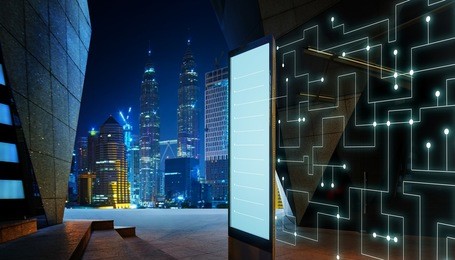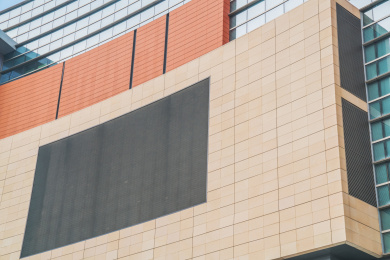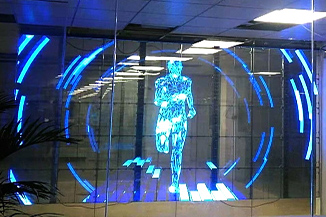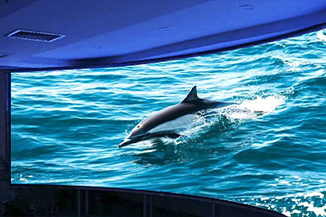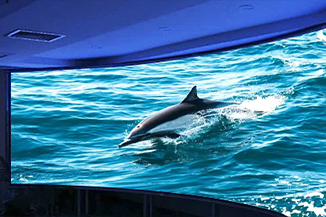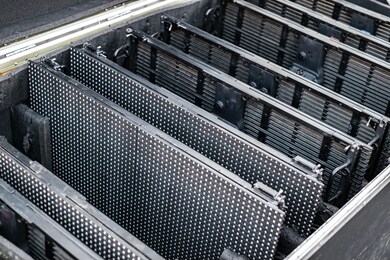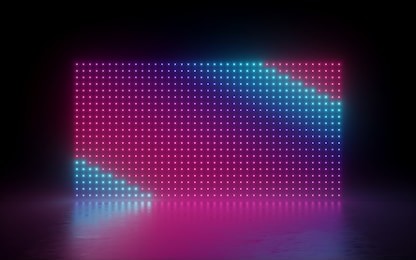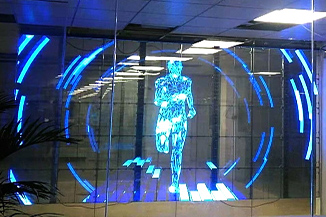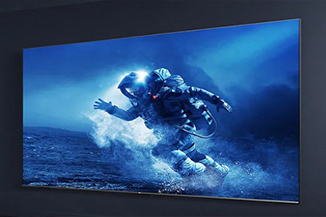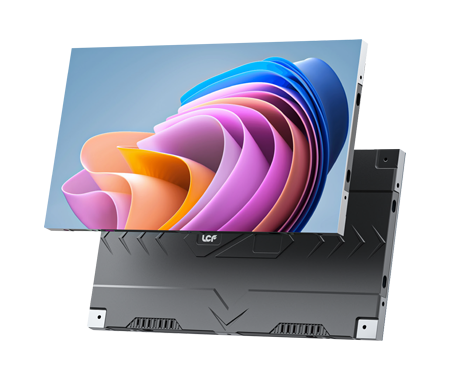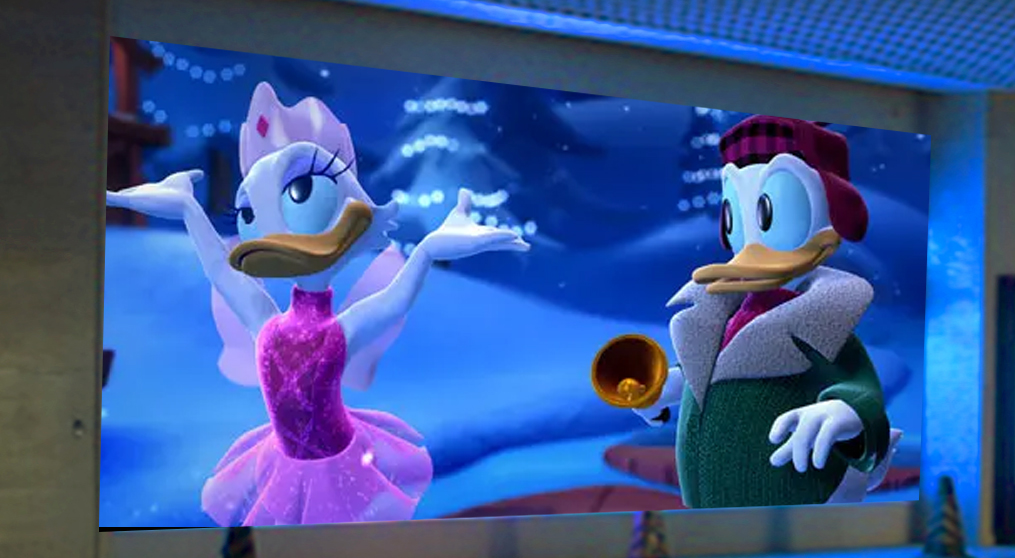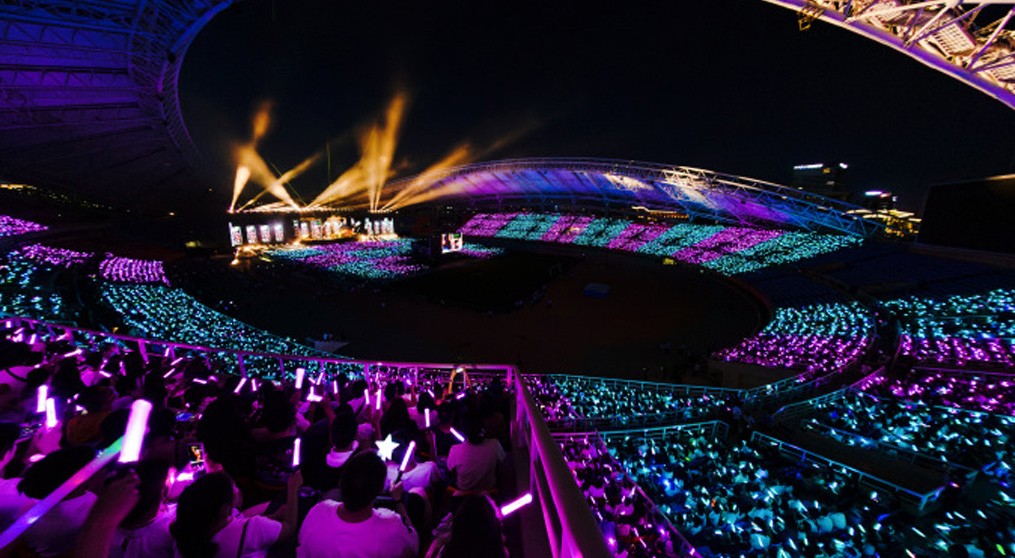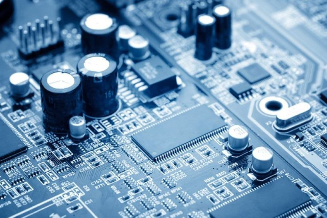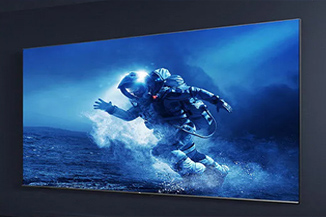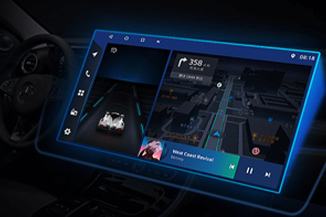LED display is the English abbreviation of Light Emitting Diode. LED applications can be divided into two categories: one is LED display; the other is LED single-tube applications, including backlight LEDs, infrared LEDs, etc. As far as LED displays are concerned, China's design and production technology level is basically in line with the international level.
LCD is the full name of Liquid Crystal Display, which mainly includes TFT, UFB, TFD, STN and other types of LCD splicing screens. One of the LCD color display devices, compared with STN, TFT has excellent color saturation, restoration ability and higher contrast, and it can still be seen very clearly in the sun, but the disadvantage is that it consumes more power and costs more.
First, the difference between LED display and LCD LCD splicing screen: LED display features:
1. The luminous brightness is strong. When the sunlight directly hits the screen surface within the visible distance, the display content is clearly visible.
2. Automatic brightness adjustment With automatic brightness adjustment function, the best playback effect can be obtained in different brightness environments.
3. Video, animation, chart, text, picture and other information display, network display, remote control.
4. Advanced digital video processing, technology distributed scanning, modular design/constant current static drive, automatic brightness adjustment.
5. The super grayscale control has 1024-4096 grayscale control, the display color is above 16.7M, the color is clear and vivid, and the three-dimensional sense is strong.
6. The static scanning technology adopts the static latch scanning method and high-power drive to fully guarantee the luminous brightness.
7. The imported large-scale integrated circuits are fully adopted, which greatly improves the reliability and facilitates debugging and maintenance.
8. The static scanning technology adopts the static latch scanning method and high-power drive to fully guarantee the luminous brightness.
9. The image picture is clear, free from jitter and ghosting, and eliminates distortion.
10. Super bright solid color pixels.
11. All-weather work is fully adaptable to various harsh outdoor environments, waterproof, moisture-proof, anti-corrosion, lightning-proof, shock-resistant overall performance, good display performance, cost-effective, pixel tube can use P10mm, P16mm and other specifications.

Second, the difference between LED display and LCD splicing screen: application
1. LCD splicing screen is widely used in financial and securities information display terminals; airports, ports, wharfs, subways, highways and other transportation industry information display terminals; commercial, media advertising, product display and other display terminals; dispatching, control room six, Radio and television, large-scale studio/performance venues; mining, energy security monitoring systems; fire, meteorology, maritime, flood control, transportation hub command systems; military, government, urban and other emergency command systems; education and training/multimedia video conferencing systems.
2. LED display is used in sports, advertising, factories and mines, transportation, stations, docks, airports, hotels, banks, securities markets, construction markets, taxation, shopping malls, hospitals, finance, industry and commerce, post and telecommunications, education systems, auction houses , industrial enterprise management and other public places.
LED display is the English abbreviation of Light Emitting Diode. LED applications can be divided into two categories: one is LED display; the other is LED single-tube applications, including backlight LEDs, infrared LEDs, etc. As far as LED displays are concerned, China's design and production technology level is basically in line with the international level.

